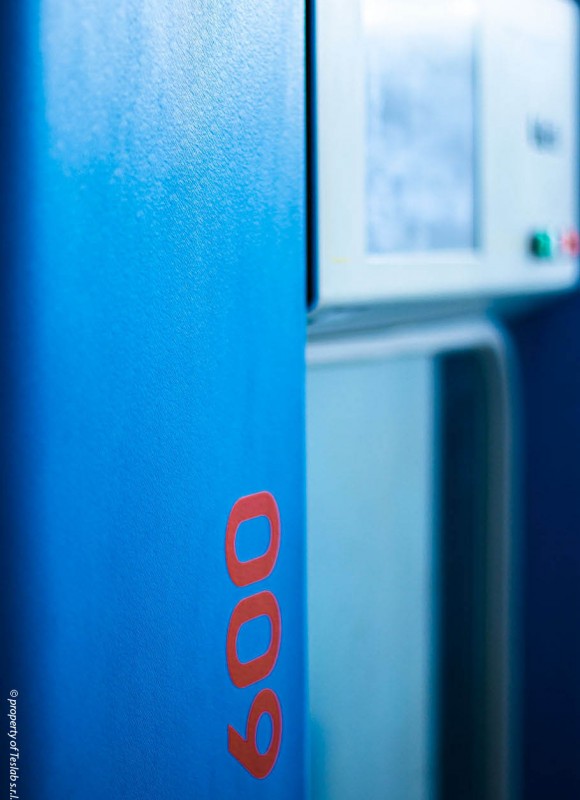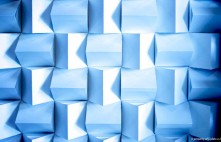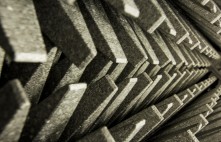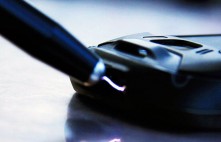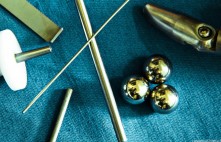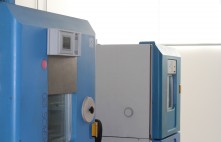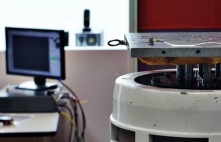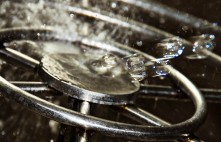Climatic test room
Devices, especially electronic, in the course of their lives are subject to changing environmental conditions that may compromise their reliability. Among these, the variation in temperature and in the degree of humidity in the air have a large impact on the duration and operation of electronic devices. For instance, temperature changes occur when devices are mounted externally on airplanes or are exposed to certain transport and storage conditions, or when a device is moved from warm closed environments to cold open ones, or vice versa. The effects of a rise and fall in temperature on components and equipment may be different; if, for instance, dew or frost appear on components or equipment, they can cause additional stress. Solar irradiation can also cause an increase in the surface temperature.
Another type of ageing of an apparatus, due to environmental conditions, is corrosion. This can occur due to the presence of moisture in the air and can be accelerated in a high salt content environment: the salt corrosion mechanism on metallic materials is of the electrochemical type and the speed of the corrosive action depends, to a large extent, on the quantity of oxygenated saline solution getting on the surface of the test sample, on the temperature of the sample and the ambient temperature and humidity.
The Teslab laboratory is equipped with a room for climate tests that has three climatic chambers, which make it possible to carry out temperature tests in the range between -70 °C and +180 °C and humidity tests in the range between 10% and 100%, plus a saline fog chamber. The climatic chambers are controlled by software that automates the test and execute cycles with exact adjustments of the environmental parameters and the remote activation of the device under test.
It is possible to perform tests on devices in chambers up to a volume of 1 m3 in, compliance with the most important international standards:
EN 60068-2-1 Environmental testing – Part 2-1: Tests – Test A: Cold
EN 60068-2-2 Environmental testing – Part 2-2: Tests – Test B: Dry heat
EN 60068-2-11: Environmental testing – Part 2: Tests – Test Ka: Salt mist
EN 60068-2-14 : Environmental testing – Part 2-14: Tests – Test N: Change of temperature
EN 60068-2-30 Environmental testing – Part 2-30: Tests – Test Db: Damp heat, cyclic (12 h + 12 h cycle)
EN 60068-2-52: Environmental testing – Part 2: Tests – Test Kb: Salt mist, cyclic (sodium chloride solution)
In addition to tests according to international standards, we perform tests according to specifications provided by specific customers.
